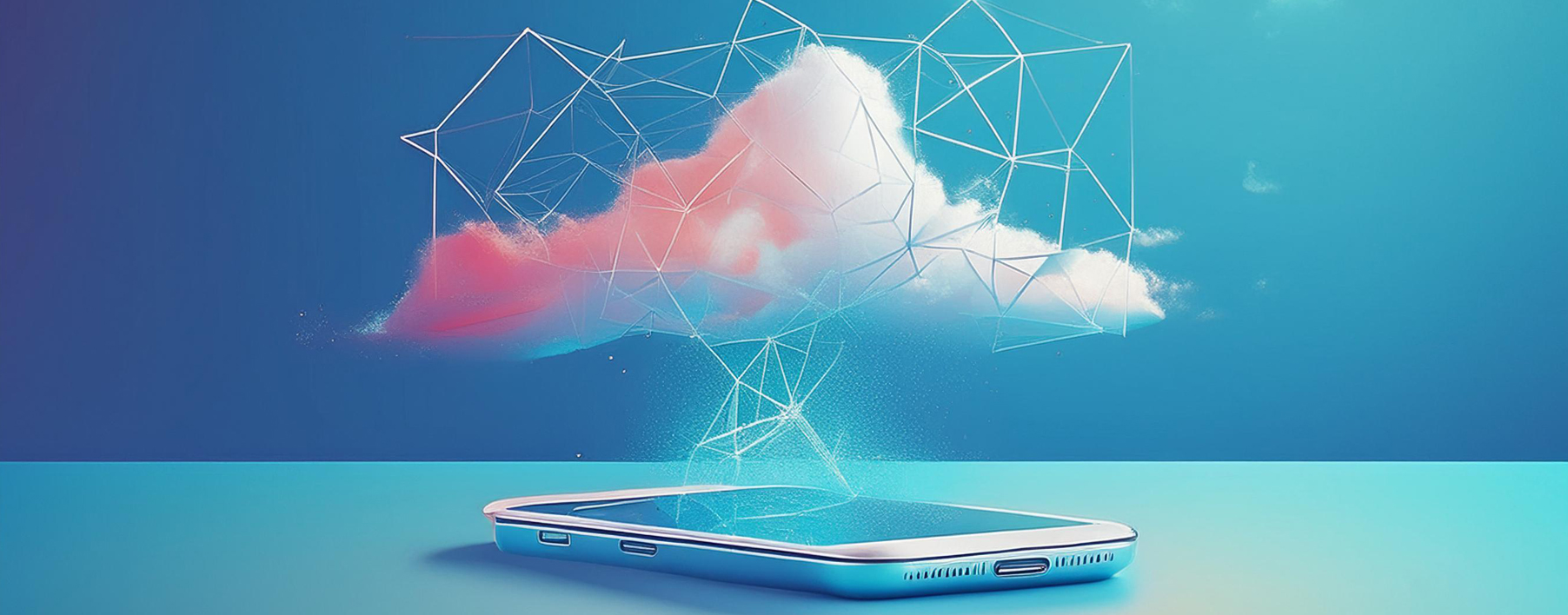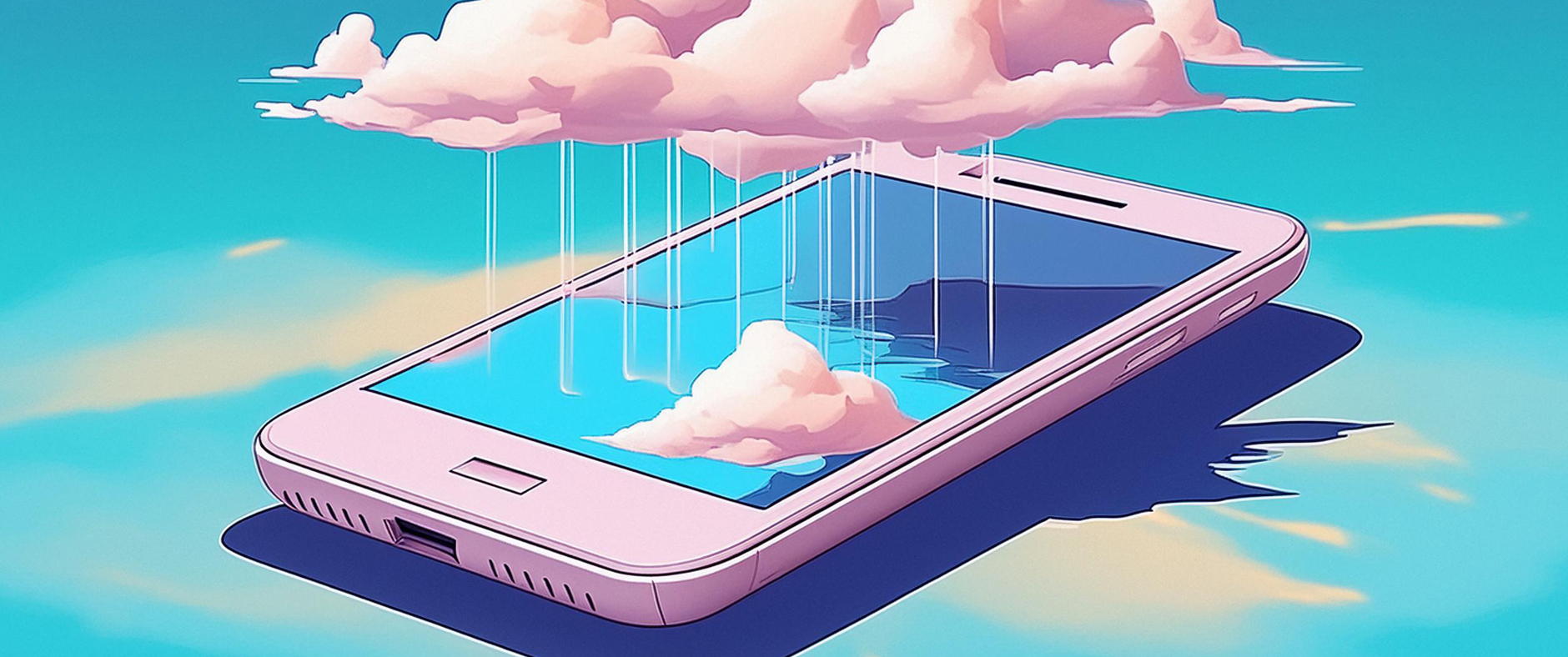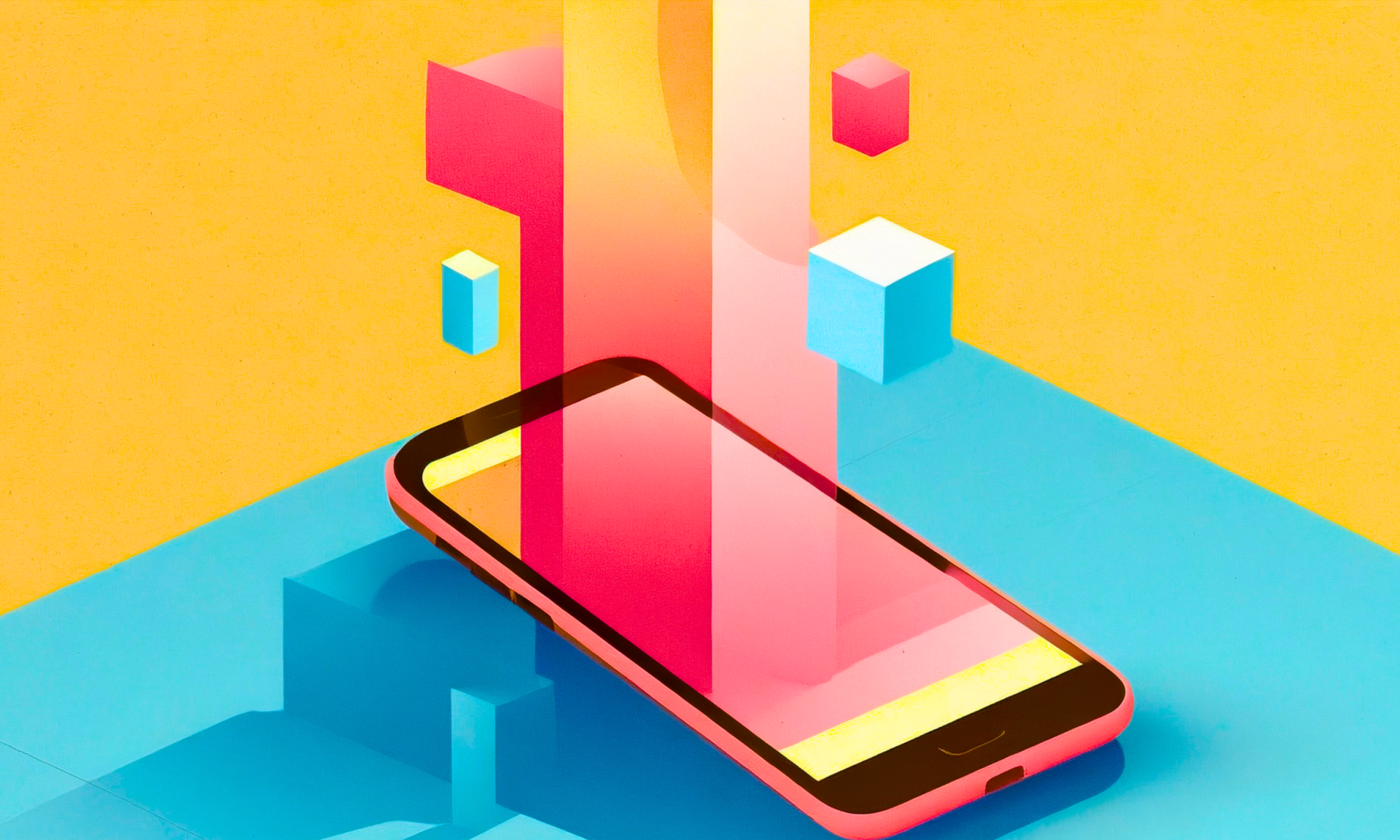Yes, loyalty programs add value to your bottom line. But B2B loyalty isn’t just about points and transactions. You have to develop ways to grow loyalty across every touchpoint.
Comprehensive loyalty programs foster deeper connections with B2B customers and clients. They help you to build stronger, more resilient brands that drive repeat business and long-term loyalty. Loyalty programs lead to higher lifetime value for each customer through more frequent purchases, higher transaction value per order, and a reduction in long-term customer turnover.
With each positive, seamless experience, more trust is built over time, opening new revenue streams by making you the preferred partner for other products and services. In B2B, it’s not just about the transactions. B2B companies can leverage loyalty to engage in lead sharing, mutually beneficial cost savings, co-marketing, and referral hand-offs with dealer or distributor networks.
When implemented correctly, loyalty programs boost growth while also increasing operational efficiency. They streamline client engagement processes and reduce operational costs by automating loyalty and engagement activities. This requires the right technology and approach backed by a data foundation that allows you to continually improve with AI. Our extensive experience with B2B dynamics showed how these programs can be tailored to enhance customer engagement, retention, and revenue growth.
Working with clients like Merz, Brunswick, and Link Logistics we’ve produced transformative results, spurring substantial improvements in customer loyalty metrics and market competitiveness.
We partnered with Merz to build loyalty with:
70K loyalty members
3 new channels
4 new markets
This article is a starting point to help you understand what successful B2B loyalty acceleration looks like, questions your company should consider before implementing, and the metrics that need to be captured to measure and manage success.
What Your B2B Loyalty Program Should Include
A successful B2B Loyalty Program should use advanced analytics, personalized engagement strategies, and integrated technology to create a seamless loyalty experience for your clients and a management experience for your employees.
It is crafted to broaden and deepen your relationships with other companies you transact or partner with by providing them with value that goes beyond order capture and fulfillment, fostering long-term loyalty, and increased business opportunities.
Features To Consider
- Customized Loyalty Strategies: Tailored loyalty programs designed to meet the unique needs and challenges of B2B relationships and channel networks.
- Integrated Rewards System: A versatile rewards platform that integrates seamlessly with Commerce, MarTech, CRM, and ERP systems, enhancing data synchronization and operational efficiency.
- Analytics and Reporting Tools: Real-time data analytics and reporting capabilities that provide insights into customer behavior, program performance, and ROI.
- Personalized Marketing and Communication: Tools and strategies to create and deliver personalized marketing content to engage clients at various touchpoints in the loyalty cycle or in one-off campaigns to drive short-term objectives.
How to Realize Value without Upending Current Process
Implement a new loyalty program in phases to minimize disruption to your existing business processes and technology until a value and metrics-based case for change emerges.
As you begin creating this new program, it’s important to ensure the rollout is aligned with strategic business objectives, informs efficient deployment of your time and dollar investment, and results in measurable improvements in customer engagement and profitability. Here is the approach that we recommend, which follows our Invent-Transform-Perform methodology:
Phase 1: Value Strategy and Planning: Develop a customized loyalty strategy based on an in-depth analysis of your business needs, available current state metrics, and customer insights.
Phase 2: Program and Solution Design: Design program elements such as rewards tiers, points systems, and member benefits to determine the technology and operational changes that will be required to effectively measure and realize the value of any change proposed.
Phase 3: Launch and Enablement: Implement the loyalty program infrastructure and deploy the program to your customer base with full support and training for your team. Ongoing management and optimization based on performance data powered by analytics.
Phase 4: Performance Analysis and Optimization: Regular reviews and adjustments to the program based on KPIs and ROI analysis to ensure continuous improvement and value creation.
How to Measure Success
It’s crucial to collect comprehensive inputs across several key business metrics early on. These inputs will vary depending on the specific goals of the loyalty program and your unique circumstances.
Usually, B2B organizations do not have comprehensive metrics available. Nonetheless, it’s important to attempt to gather both historical data and experience-informed projections.
Here’s what you’d typically need for each metric mentioned:
Customer Retention Rate and Customer Acquisition Costs
Customer Retention Rate (CRR) reflects the ability of a company to retain its customers over a given period. High retention rates are often indicative of customer satisfaction and loyalty. Meanwhile, Customer Acquisition Costs (CAC) are the expenses incurred to acquire a new customer, encompassing marketing and sales efforts. In the context of implementing a B2B Loyalty program, we expect the loyalty initiatives to enhance customer satisfaction, leading to an increase in the retention rate.
Key Insight: Although the initial CAC may increase as more sophisticated systems are put in place to manage the loyalty program, this should be offset by the cost efficiencies gained from higher retention rates and potentially lower long-term marketing spend due to increased customer loyalty.
Customer Lifetime Value (LTV)
Customer Lifetime Value (LTV) measures the total revenue a company can expect from a single customer account throughout the business relationship. This metric highlights the importance of extending the duration of the customer relationship and enhancing the revenue per customer. With the introduction of a B2B Loyalty Program, it’s anticipated that LTV will increase as customers engage more frequently and perhaps at higher transaction values, motivated by the rewards and recognition the program offers.
Key Insight: Adjustments in the cost to serve may occur due to the loyalty program’s management needs, but these are expected to be outweighed by the revenue gains from enhanced customer spending and retention.
Average Order Value (AOV) and Purchase Frequency
Average Order Value (AOV) and Purchase Frequency are critical metrics for evaluating customer purchasing behavior. AOV tracks the average amount spent each time a customer places an order, while purchase frequency measures how often customers make purchases within a specific period. A B2B Loyalty Program aims to positively impact both metrics by incentivizing repeat purchases and rewarding higher spending, leading to an overall increase in both AOV and purchase frequency.
Key Insight: While promotional costs for implementing these incentives are an additional expense, the revenue increase from more frequent and valuable orders is expected to provide a net positive impact.
Net Promoter Score (NPS) and Customer Satisfaction Scores (CSAT)
Net Promoter Score (NPS) and Customer Satisfaction Scores (CSAT) gauge customer loyalty and satisfaction, respectively, providing insights into customer perceptions and the likelihood of recommending the company to others. With the implementation of the B2B Loyalty Program, these metrics are expected to improve as the program enhances customer engagement and satisfaction through tailored communications and rewards.
Key Insight: This enhanced customer experience is projected to foster a more positive brand perception and greater advocacy, even though managing these initiatives may incur additional program management costs.
Referral Rates
Referral Rates measure how frequently existing customers recommend a business to potential new customers. A well-structured loyalty program can significantly increase referral rates by offering incentives for referrals, thereby leveraging satisfied customers to attract new ones. A B2B Loyalty Program is designed to enhance customer satisfaction, which in turn is likely to boost referral rates.
Key Insight: The costs associated with providing referral incentives are expected to be offset by the value of acquiring new customers through this low-cost channel.
Revenue from Cross-selling and Upselling
Revenue from cross-selling and upselling is critical for maximizing the value extracted from existing customers by encouraging them to purchase additional or upgraded products. The Loyalty Program aims to create more personalized customer experiences and targeted offers, which can effectively increase revenue from these strategies.
Key Insight: Although there will be additional costs related to enhanced sales efforts and marketing, these are anticipated to be compensated for by the increased sales volume and higher transaction values and offset by AI-enabled platform capabilities.
Market Insights
Gathering and analyzing customer data through the Loyalty Program helps businesses gain valuable market insights that can inform product development, marketing strategies, and customer service enhancements.
Key Insight: While there are costs associated with data collection and analysis, the insights obtained are expected to lead to better-targeted offerings and more efficient operations, providing a significant return on investment by aligning products and services more closely with customer needs.
Market Share and Brand Perception
Market share and brand perception are crucial for understanding a company’s position relative to its competitors and how customers view the brand. Implementing a B2B Loyalty Program is anticipated to improve both by differentiating the company from its competitors through enhanced customer relationships and loyalty.
Key Insight: The expenses related to conducting market research and tracking brand perception changes are seen as strategic investments that will help in capturing greater market share and improving the brand’s standing in the industry. Your company may already conduct this research, meaning the incremental cost would be entirely offset.
What’s Next?
To make a strong business case for rolling out a new Loyalty Program, you’ll need to forecast the Total Cost of Ownership (TCO) and Return on Investment. The cost might include initial technology, strategy and operational investment, personnel costs, marketing expenditures, and any operational changes.
This comprehensive collection of inputs can be synthesized to construct a financial forecast that estimates a scenario-based ROI of the Loyalty Program. By comparing projected benefits against these costs in likely scenarios (e.g. piloting a single brand or customer segment versus a broader initial deployment), you can make an informed decision about the viability and expected profitability and generate a strategic roadmap to serve as a North Star for all levels of the organization.
Key Insight: By prioritizing the metrics outlined in this section and partnering with proven service and platform providers like Hero Digital, you can minimize total ROI risk and adopt a deployment approach that proves value along the way. We’d love to discuss how you can get started.
B2B Loyalty Success Story
Merz, a leader in aesthetic medicine and medical device sales, partnered with Hero Digital to overhaul their global operations and customer experience. Spanning EMEA, LATAM, and APAC regions, Merz aimed to modernize and standardize their operations seamlessly across multiple markets.
The partnership produced analysis, architecture, design, and implementation of CRM, integration, CX, Marketing, and Loyalty technologies across these regions, establishing Merz as a global industry frontrunner in B2B. CX and Loyalty.
The Results are Transformative
Loyalty administrators have clear visibility into the program and subprogram performance via detailed dashboards and reporting allowing them to both measure the incremental program value and make data-driven choices about further deployment and iteration. Three subprograms alone have been spawned from the initial roll-out.
Merz representatives are now able to view a customer’s loyalty status and directly apply incentives to their customers from the CRM.
Merz customers and HCPs benefit from enriched customer self-service experiences, access to the latest offerings, exclusive promotions, and on-demand support.
Metrics Matter
In just the first few months, Merz realized double-digit growth in Average Order Value, several hundred basis point improvement in line items per order and purchase frequency.
Conclusion
Each company’s situation is unique but Hero Digital’s broad clientele and decade of existence give us the expertise that formed our B2B Loyalty Acceleration playbook.
Drawing from years of B2B Technology, CX, and Performance Marketing experience, we have refined a templated, initial Value Strategy and Assessment for those interested in B2B Loyalty.
Our Invent-Transform-Perform methodology is characterized by a relentless focus on driving measurable performance and value, ensuring that any engagement we propose is designed to deliver at least a 3X return on investment within 12 months of the engagement’s conclusion.
Let us work with you to create detailed recommendations supported by KPI-specific business cases and a directional roadmap.
To get started quickly, request a B2B Loyalty Acceleration questionnaire. Then schedule a consultation with one of our Hero Digital problem solvers to review and help your company decide: What’s Next?









